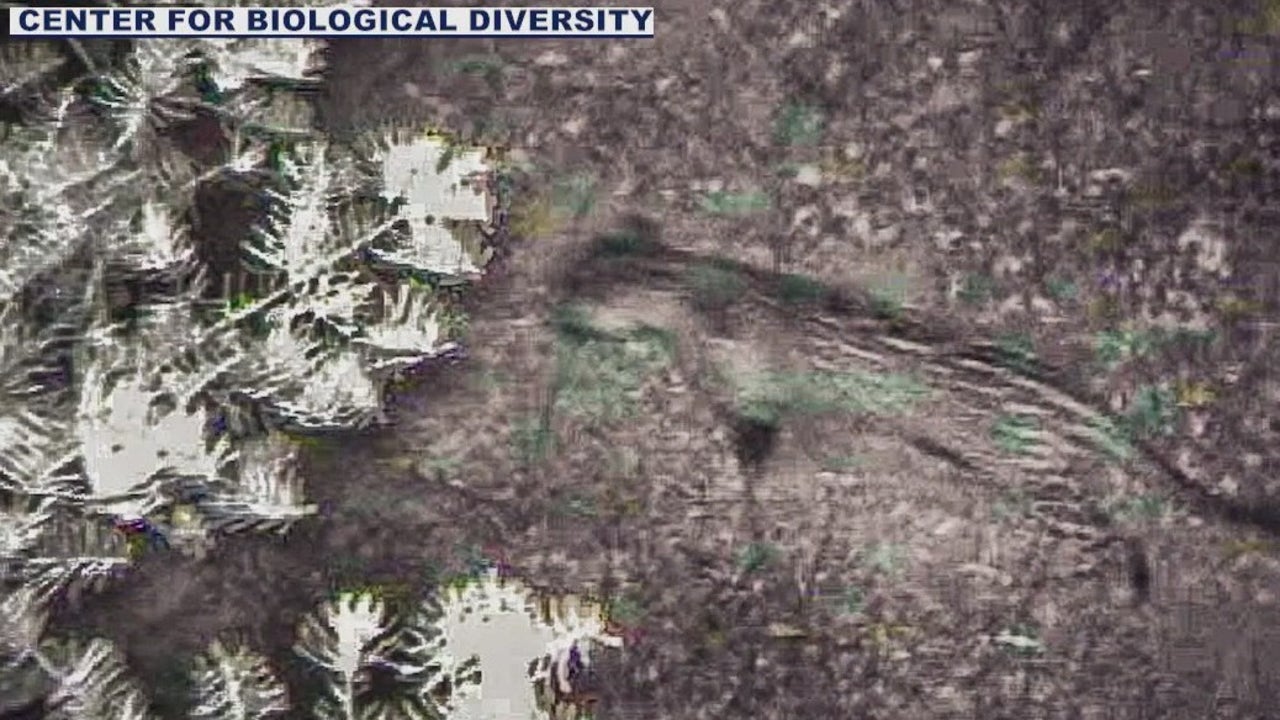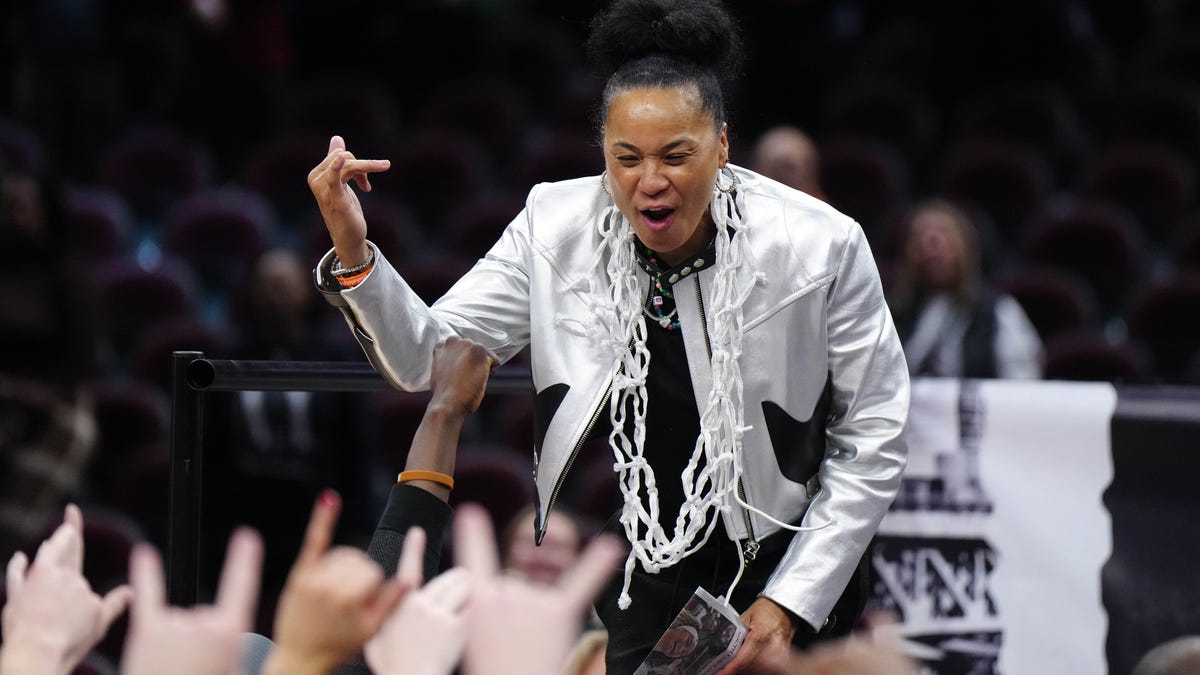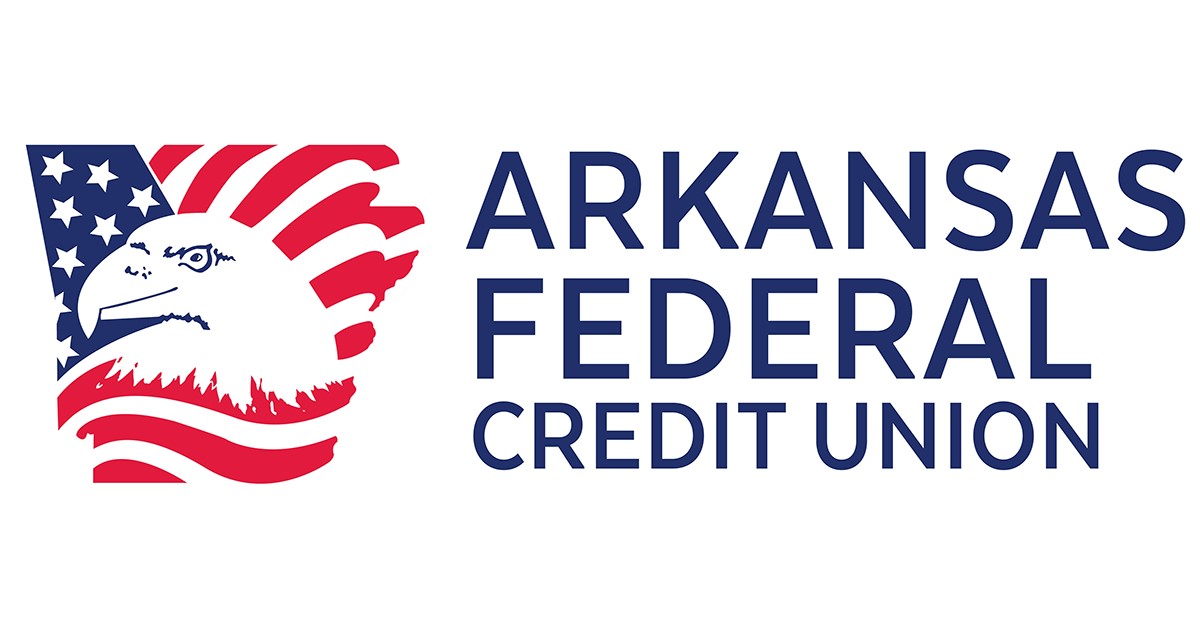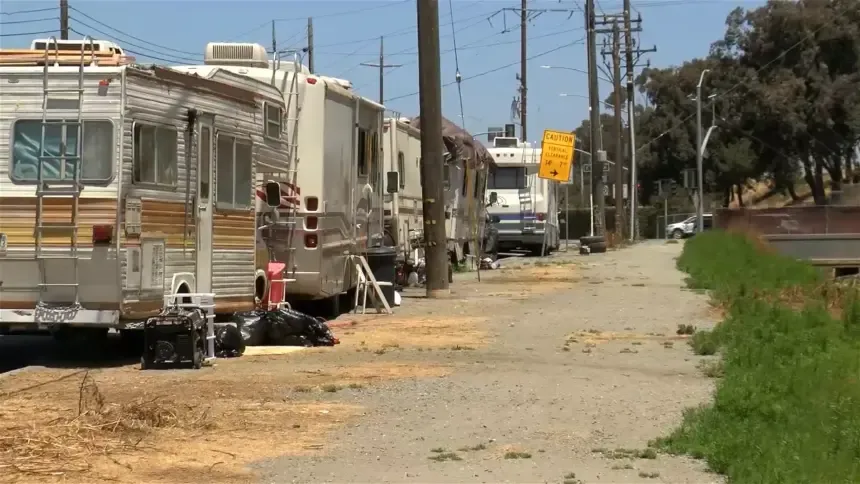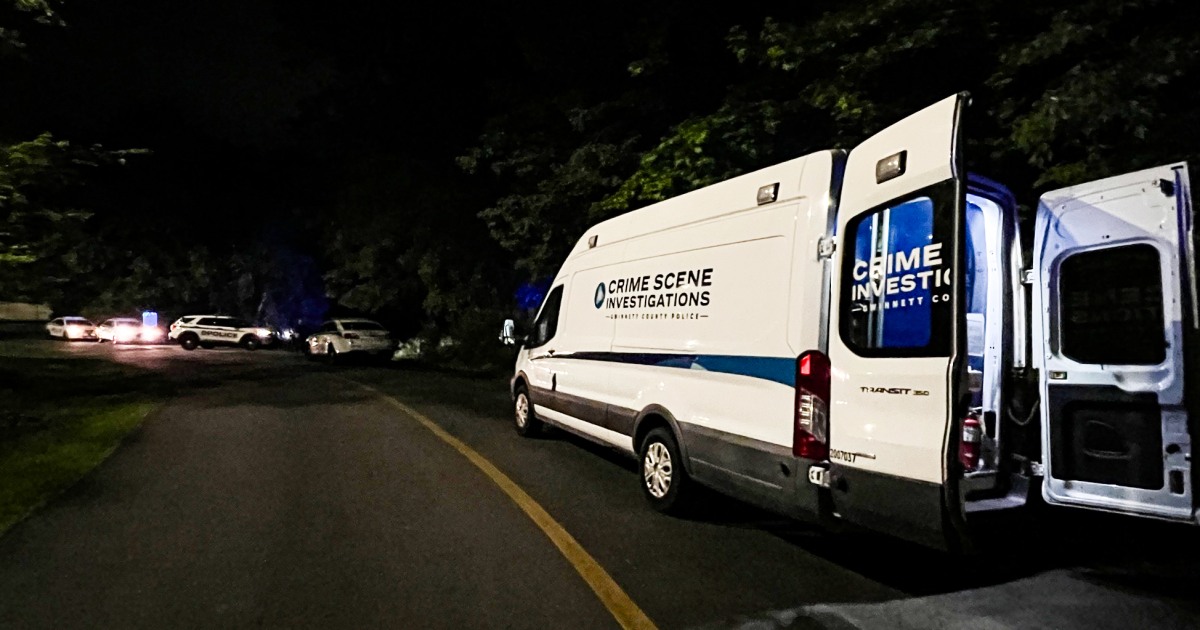Vermont
Vermont’s Abenaki tribes are once again called out as frauds at UVM symposium
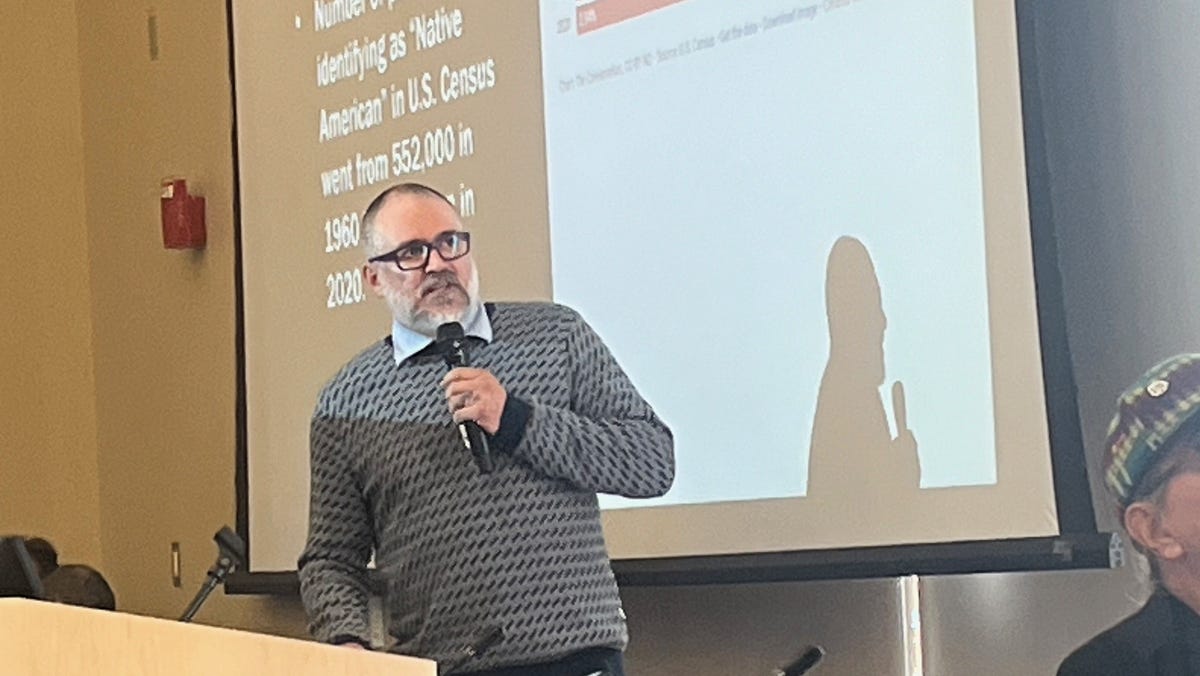
The authenticity of Vermont’s Abenaki tribes was once again rejected by a Canadian sociologist on Thursday evening at the University of Vermont.
Professor Darryl Leroux said his research using an extensive Canadian genealogy database has shown the families in Vermont originally claiming to be Abenaki were “clearly French-Canadian.”
“There’s such obvious and compelling evidence these groups do not represent Abenaki people in any way and have no Abenaki ancestry,” Leroux said. “How did the state of Vermont recognize them as such and why did they recognize them after writing a report saying they were not Abenaki? That’s something I still don’t understand.”
Leroux said he has met with “a couple of” Vermont legislators about the issue but couldn’t get answers to his questions.
Pretendians threaten sovereignty of Native American nations in the U.S. and Canada
An audience filled the Livak Ballroom at the University of Vermont’s Davis Center Thursday evening for the third in a series of three presentations contending Vermont’s four Abenaki tribes are fake.
There were similar presentations in 2022 and 2023 at UVM.
Professor David Massell of UVM’s Department of History introduced the speakers for the event, which included Gordon Henry, professor emeritus at the University of Michigan’s English and American Indian and Indigenous Studies departments; Pam Palmater, a podcaster and documentary filmmaker who advocates for indigenous issues; and Leroux, an associate professor at the School of Political Studies at the University of Ottawa.
Palmater is citizen of the Mi’kmaw Nation and member of Eel River Bar First Nation in Canada. Henry is an enrolled member of the White Earth Anishinaabe Nation in Minnesota.
Palmater and Henry kicked off the symposium by discussing how widespread the problem posed by so-called “pretendians” − non-native people who claim to be Native Americans − is in both the United States and Canada.
“It’s literally a threat to our sovereignty, our nationhood/citizenship, our culture and political standing in the future, so I feel passionately about the topic,” Palmater said of Native American imposters.
Vermont Abenakis can’t show they actually descend from Abenakis, according to Canadian professor
Leroux, speaking last, addressed the issue of Vermont’s four Abenaki tribes, which have received state recognition, but failed to achieve federal recognition, a decision that was initially backed by the state of Vermont.
“One of the primary reasons that really stands out in both the federal decision and state’s research is that the group wasn’t able to demonstrate they actually descend from Abenaki people,” Leroux said. “That’s the key. You have to demonstrate that at some point in time you actually had Abenaki people in your lineage. They have not been able to demonstrate that.”
Three of the four Abenaki chiefs in Vermont held a press conference earlier this week to denounce Thursday’s event at UVM and the ongoing effort by the Abenakis of Odanak in Canada to convince the state of Vermont to rescind its recognition of the Vermont tribes.
Canadian Abenaki chief says Vermont is ancestral territory
Rick O’Bomsawin, chief of the Abenakis of Odanak in Canada, was not scheduled to speak, but he stood up at the end of the event to say his tribe is willing to work with anyone to “bring the truth out about our real history and the important history of Vermont.”
“Vermont is our ancestral territory,” O’Bomsawin said. “We left this land in the hands of the good people of Vermont to take care of, to watch over, not to become us, not to take over our history.”
O’Bomsawin and a delegation from Odanak recently made their case against Vermont’s Abenakis at the 23rd session of the United Nations Permanent Forum on Indigenous Issues.
Contact Dan D’Ambrosio at 660-1841 or ddambrosi@gannett.com. Follow him on X @DanDambrosioVT.

Vermont
Vermont ‘Tech Hub’ competing for major federal funding boost

SOUTH BURLINGTON, Vt. (WCAX) – The state of Vermont is making a multi-million dollar pitch to become a leader in cutting-edge technology that has the potential to reshape electronics. The state is hoping to convince the federal government to invest big bucks to expand the state’s newly designated “Tech Hub,” reaping benefits for the entire region.
In the assembly room at OnLogic, custom computers are churned out every day.
The South Burlington-based tech company prides itself on machines that are able to withstand environmental stressors that your laptop wouldn’t. “OnLogic is all about innovation, ” said the company’s Mike Kleiner.
That prompted them to step up to join Vermont’s burgeoning Tech Hub. The state got the designation last fall by the federal government as part of the CHIPS Act. The tech hub’s main focus is developing more efficient semiconductors from a compound called Gallium Nitride. GaN has the potential to take semiconductors — which are at the brains of most of our technology — to the next level.
“We’re definitely interested in GaN technology — we’re exploring it,” Kleiner said. But he says it’s not practical for them to use yet because there are challenges with options, compatibility, and pricing. “It’s just not that established yet like it is for other technologies like silicon-based, for example.”
It’s in their interest for GaN technology to improve because it might allow their computers to become smaller and more efficient. So OnLogic has stepped up to host a testing lab for GaN devices in their building. “Obviously, there’s a lot of back-and-forth when you do the testing, and you want to do that close by, where you actually have the production of the devices, so you have a very quick feedback,” Kleiner said.
OnLogic’s new 150,000 square-foot tech park in South Burlington includes space where the “characterization lab” will eventually go, but they first need funding from the feds to make it happen. “We needed more space. Especially when after COVID, everyone came back into the office — it was just not big enough. So, we needed a lot more space and we are really excited to be in this new building which gives us that space that we need, and we’ll also be good in size for a number of years,” Kleiner said.
“The proposals we submitted are ready to go,” said Doug Merrill, the regional innovation officer at the University of Vermont. He says Vermont made a Phase Two pitch to the feds for $36 million to fund six projects, including a design center for GaN projects at the University of Vermont and a prototyping center at GlobalFoundries in Essex Junction. He says the testing lab at OnLogic would test how those prototypes work. “This isn’t just going to provide economic activity in our region, it’s going to fundamentally accelerate the rate of technological innovation in a critical technology.”
Other Tech Hubs are fighting for those dollars though. Merrill says he thinks Vermont is up against about 20 or so pitches and only five to 10 might get funding. Where he thinks Vermont has an advantage — a quick turnaround on the investment. “Everything we’re doing now we believe is going to be up and running next January/February time frame,” he said.
That would be welcome news for Tech Hub member Resonant Link. The wireless charger company is just steps away from OnLogic and is already incorporating GaN into some of its devices. “GaN allows us to miniaturize a lot of stuff,” said company co-founder Phyo Aung. He says because their medical devices like pacemakers and neurostimulators need to be small — and charge without creating a lot of heat — GaN’s ability to convert power efficiently is key. “In a lot of the applications we use, especially in the medical applications, GaN is the only technology we can use and it’s the only technology that can deliver the performance that we need.”
Resonant Link also thinks GaN technology can improve all sorts of new technologies, including wireless drone charging. But while prototyping and testing new applications on their own is too expensive, the Tech Hub would make it possible.
Merrill says one of Resonant Link’s projects is part of Vermont’s pitch and real-world proof of what more federal investment could do here. “It ties together all of these elements and shows why this tech hub is so important to this region,” he said. Other elements in Vermont’s pitch include workforce development and administration to manage GaN projects.
Officials will find out later this summer if they get all or partial funding. If the feds say no, GaN initiatives won’t necessarily end here, but they would be scaled back and there won’t be a guarantee that the tech development — or job growth — happens in Vermont. And if they do get funding, the money might not end there. There will be a Phase 3 that Merrill says they already have ideas lined up for.
Copyright 2024 WCAX. All rights reserved.
Vermont
Recovery nonprofit Jenna’s Promise wins Vt. Corrections grant

WATERBURY, Vt. (WCAX) – A nonprofit recovery organization in Vermont has won a grant from the state Department of Corrections.
The Johnson-based Jenna’s Promise works to provide support to people suffering from substance use disorder and to remove barriers for people seeking treatment. Among the organization’s network of services, they provide reentry services to formerly incarcerated women, helping them heal from addiction.
The $240,000 Justice Reinvestment Grant from Vermont Corrections will help fund the expansion of services and community supports for the organization.
Corrections officials say the funds will help address current gaps for women exiting incarceration and reduce the need for incarceration in the future.
Corrections awards grants to support reentry initiatives and alternatives to incarceration, like transitional housing, reparative processes, community justice centers and reentry services.
Copyright 2024 WCAX. All rights reserved.
Vermont
Vt. Fish and Wildlife warns to leave fawns alone

BURLINGTON, Vt. (WCAX) – Baby animals may look like something to fawn over, but Vermont Fish and Wildlife is reminding you to leave them alone.
According to the department, it’s the time of year when most deer fawns are born.
Deer biologist Nick Fortin said that it will sometimes look like a baby deer is alone and in need of rescue, but the fawn’s mother is almost always nearby.
Baby fawns learn to evade predators from their mothers during their first few months, so taking fawns into human environment will keep them from learning those skills.
Copyright 2024 WCAX. All rights reserved.
-

 World1 week ago
World1 week agoStrack-Zimmermann blasts von der Leyen's defence policy
-

 Politics1 week ago
Politics1 week agoStefanik hits special counsel Jack Smith with ethics complaint, accuses him of election meddling
-

 Politics1 week ago
Politics1 week agoThe White House has a new curator. Donna Hayashi Smith is the first Asian American to hold the post
-

 Politics1 week ago
Politics1 week agoDemocratic mayor joins Kentucky GOP lawmakers to celebrate state funding for Louisville
-

 World1 week ago
World1 week agoTurkish police arrest hundreds at Istanbul May Day protests
-

 News1 week ago
News1 week agoVideo: Police Arrest Columbia Protesters Occupying Hamilton Hall
-

 Politics1 week ago
Politics1 week agoNewsom, state officials silent on anti-Israel protests at UCLA
-

 News1 week ago
News1 week agoPolice enter UCLA anti-war encampment; Arizona repeals Civil War-era abortion ban
